Androgens are a class of hormones primarily associated with male characteristics, but they are also present in females, albeit in smaller quantities. These hormones play a crucial role in various physiological functions in both men and women. However, when females experience an imbalance or an excess of androgens, it can lead to several physiological and hormonal disruptions, impacting their health and well-being.
Exploring Androgens and their Role in Females

Androgens, such as testosterone, dehydroepiandrosterone (DHEA), and dihydrotestosterone (DHT), are typically produced in the ovaries, adrenal glands, and fat tissues in women. These hormones contribute to female reproductive health, influencing the menstrual cycle, fertility, and overall well-being.
In normal physiological conditions, women have lower levels of androgens compared to men. However, certain medical conditions or lifestyle factors can cause an elevation in androgen levels among females, leading to various consequences.
Causes of High Androgen Levels in Females
Polycystic Ovary Syndrome (PCOS)
One of the most common causes of elevated androgen levels in females is Polycystic Ovary Syndrome (PCOS). PCOS is a hormonal disorder characterized by an imbalance in reproductive hormones, leading to irregular menstrual cycles, ovarian cysts, and increased androgen production. Women with PCOS often experience symptoms like hirsutism (excessive hair growth), acne, and sometimes male-pattern baldness due to higher androgen levels.
Congenital Adrenal Hyperplasia (CAH)
Congenital Adrenal Hyperplasia is a genetic condition where enzymes necessary for the production of cortisol are deficient. This leads to an overproduction of androgens by the adrenal glands. Females with CAH may exhibit virilization, where they develop masculine physical traits like deepening of the voice or ambiguous genitalia.
Insulin Resistance and Obesity
Insulin resistance and obesity can also contribute to higher androgen levels in females. Increased body fat can lead to higher insulin levels, which in turn stimulates the ovaries to produce more androgens. This hormonal imbalance disrupts normal ovarian function, affecting menstrual regularity and fertility.
Idiopathic Hirsutism
In some cases, high androgen levels in females may not be associated with any underlying medical condition and are termed idiopathic hirsutism. It leads to excess hair growth in areas where men typically grow hair, such as the face, chest, and back.
Impact of High Androgens on Female Health

Menstrual Irregularities
Elevated androgen levels can disrupt the menstrual cycle, leading to irregular periods or even a lack of menstruation (amenorrhea). These hormonal fluctuations can affect fertility and increase the risk of complications during pregnancy.
Fertility Issues
High androgen levels may interfere with ovulation, making it challenging for women to conceive. PCOS, often characterized by increased androgen levels, is a leading cause of infertility among women.
Skin and Hair Changes
Excess androgens can lead to skin issues like acne, oily skin, and the development of male-pattern baldness in women. Hirsutism, characterized by excessive hair growth, particularly on the face and body, is another common manifestation.
Emotional and Psychological Effects
The hormonal imbalances caused by high androgens can have emotional and psychological implications. Women may experience mood swings, anxiety, or depression due to these hormonal fluctuations.
Metabolic Effects
High androgen levels are often associated with insulin resistance and obesity. This can increase the risk of developing conditions like type 2 diabetes, metabolic syndrome, and cardiovascular diseases.
Diagnosis and Treatment
Diagnosing high androgen levels in females involves a comprehensive evaluation of symptoms, physical examination, and hormone level testing. Doctors may perform blood tests to measure testosterone, DHEA-S, and other androgen levels to confirm the diagnosis.
Treatment strategies for managing high androgen levels in females depend on the underlying cause and individual symptoms.
Lifestyle Modifications
In cases where insulin resistance or obesity contributes to elevated androgen levels, lifestyle modifications such as a balanced diet, regular exercise, and weight management can help improve hormonal balance.
Medications
Doctors may prescribe oral contraceptives (birth control pills) containing estrogen and progesterone to regulate hormonal levels and improve symptoms. Anti-androgen medications may also be recommended to reduce androgen production or block its effects on the body.
Medical Procedures
In cases of idiopathic hirsutism, hair removal techniques such as laser therapy or electrolysis might be used to manage excessive hair growth.
Management of Underlying Conditions
For conditions like PCOS or CAH, managing the underlying hormonal imbalance is essential. This may involve a combination of medications, lifestyle changes, and sometimes surgery to address specific symptoms or complications.
Conclusion
High androgen levels in females can significantly impact their physical health, emotional well-being, and reproductive function. Understanding the causes, symptoms, and consequences of elevated androgens is crucial for accurate diagnosis and effective management.
Seeking medical advice and appropriate treatment can help women manage hormonal imbalances, alleviate symptoms, and improve their overall quality of life. Through lifestyle changes, medications, and targeted therapies, it’s possible to address the effects of high androgens and restore hormonal balance in females, enabling them to lead healthier and more fulfilling lives.
Additional:
- What Is Clamshell Exercise? How To Do It?
- What Is Waist Trainer? What Are Some Best Waist Trainer?
- What Is The Best Intermittent Fasting Window To Lose Belly Fat?


